What is it about murder that captivates us so completely?
True Crime 2025 isn’t just a genre—it’s a mirror reflecting our obsession with the unknown. Maybe it's the puzzle—the way a single thread can unravel an entire life. Or perhaps it's darker than that—a fascination with the thin line between order and chaos, between the person next door and the monster hiding in plain sight.
Whatever draws you here, you're not alone. Millions of us gather around screens, flip through pages, and plug in earbuds to dive into the darkest corners of human behavior. And honestly? The content has never been better.
This isn't your grandmother's crime section anymore. We're living in a golden age of criminal storytelling, where technology meets tenacious reporting, where cold cases get hot again, and where every platform—from Netflix to your local bookstore—serves up stories that will keep you awake long past midnight.
Ready to explore? Let's dive in.
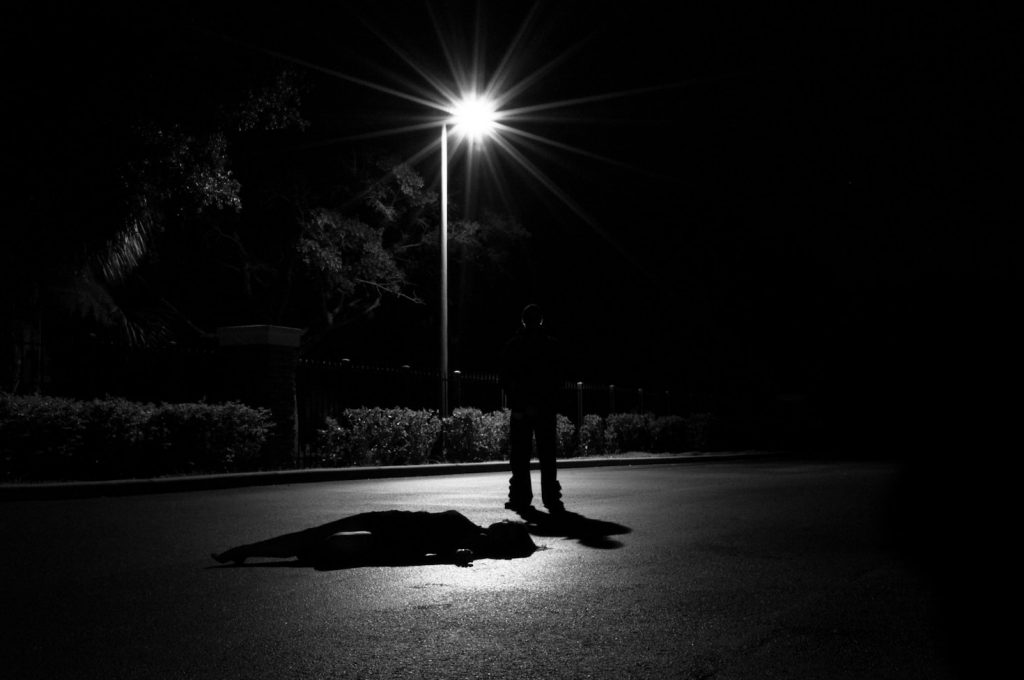
The Documentary Revolution: Screen Time That Matters
Remember when crime documentaries meant grainy footage and dramatic reenactments? Those days are gone.
Today's documentaries don't just tell stories—they change lives. They free innocent people. They catch killers. They force us to question everything we thought we knew about justice.

Netflix: The Streaming Giant’s Dark Side
Netflix didn't just join the crime party—they became the host.
Take "Making a Murderer." Love it or hate it, that series sparked conversations in living rooms, courtrooms, and law schools across the country. It proved that viewers would stick around for 10+ hours if the story was compelling enough.
But here's what Netflix does differently: they're not afraid to take sides. While traditional networks play it safe, Netflix documentarians dig deeper, ask harder questions, and sometimes—just sometimes—they get answers that matter.
Their latest releases tackle everything from corporate fraud to international conspiracies. Each one feels like a masterclass in investigative journalism wrapped in binge-worthy packaging.
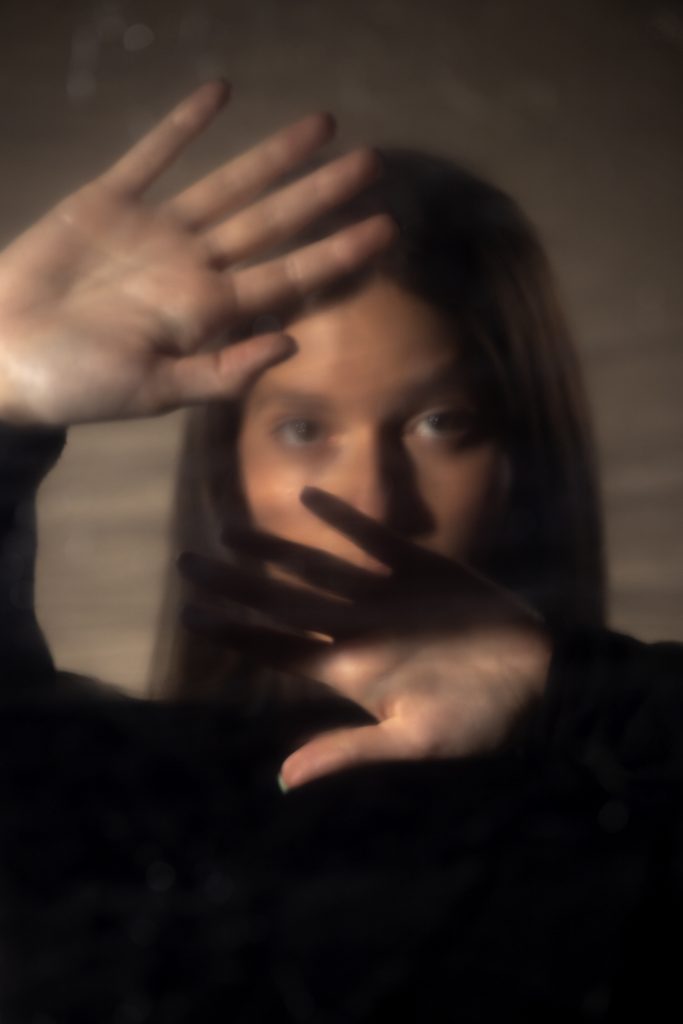

Beyond the Big Names: Hidden Documentary Gems
Sure, everyone's talking about the Netflix releases. But some of the most gripping content comes from smaller productions.
HBO's approach focuses on psychological depth. Their documentaries often feel more like character studies than crime reports. They ask not just "what happened?" but "why did this person become capable of such things?"
Investigation Discovery keeps cranking out content at breakneck speed. Their formula works: real cases, real consequences, real emotions. No Hollywood gloss, just raw human drama.
And don't sleep on the independent circuit. Film festivals showcase documentaries that mainstream platforms won't touch—cases too controversial, too complex, or too close to home for mass consumption.

What Makes a Documentary Unforgettable?
The best crime documentaries share one quality: they make you feel like you're part of the investigation.
They show you evidence as it's discovered. They let you hear 911 calls in real time. They put you in the detective's shoes when that crucial piece of evidence finally clicks into place.
But here's the secret sauce—the unforgettable ones also make you question your own assumptions. They force you to confront uncomfortable truths about justice, prejudice, and the stories we tell ourselves about good and evil.
Page-Turners: Books That Haunt You
Maybe it's the silence. The way you process each detail at your own pace, building the case in your mind like a detective assembling clues. Books let you live inside the investigation in ways that visual media simply can't match.
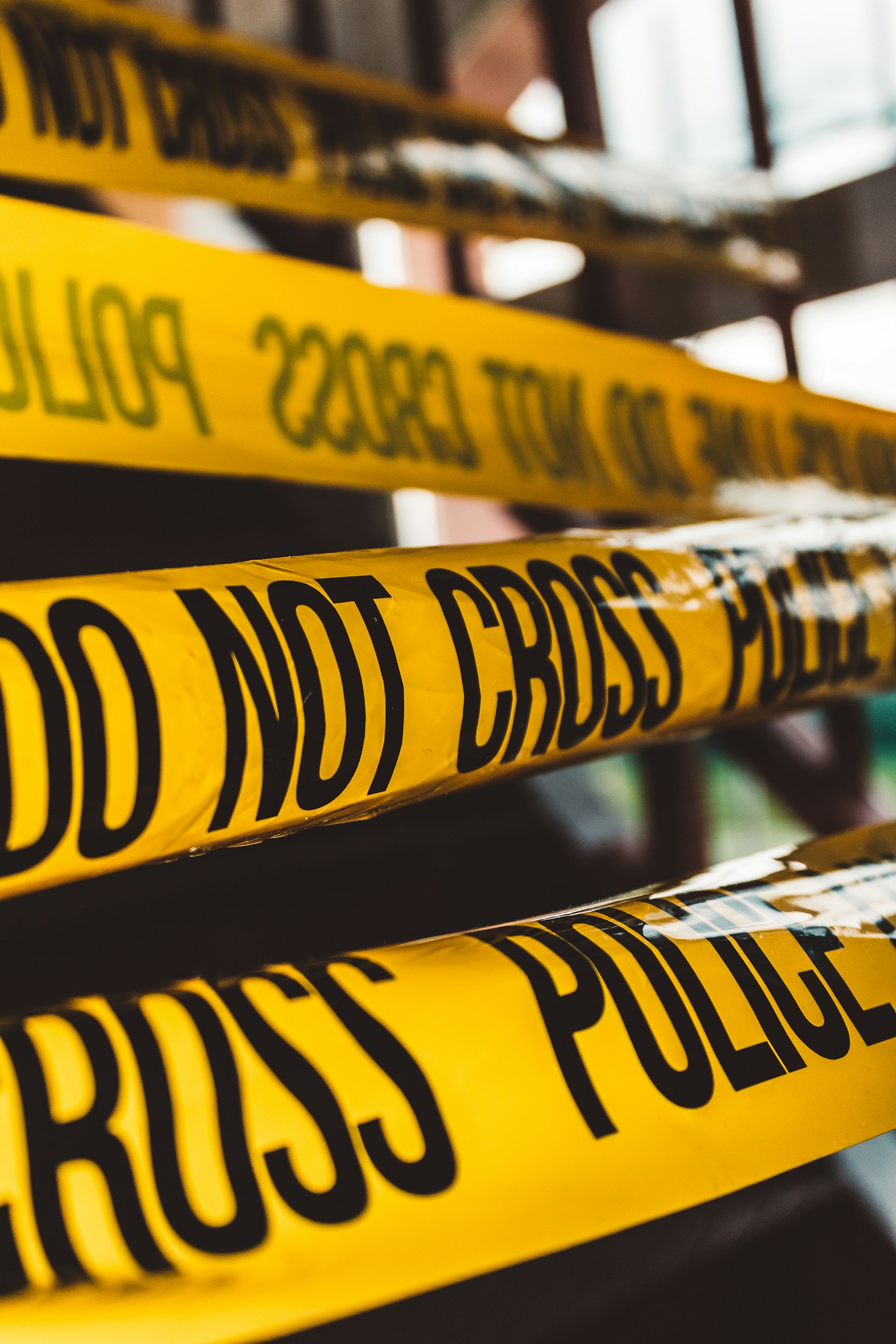
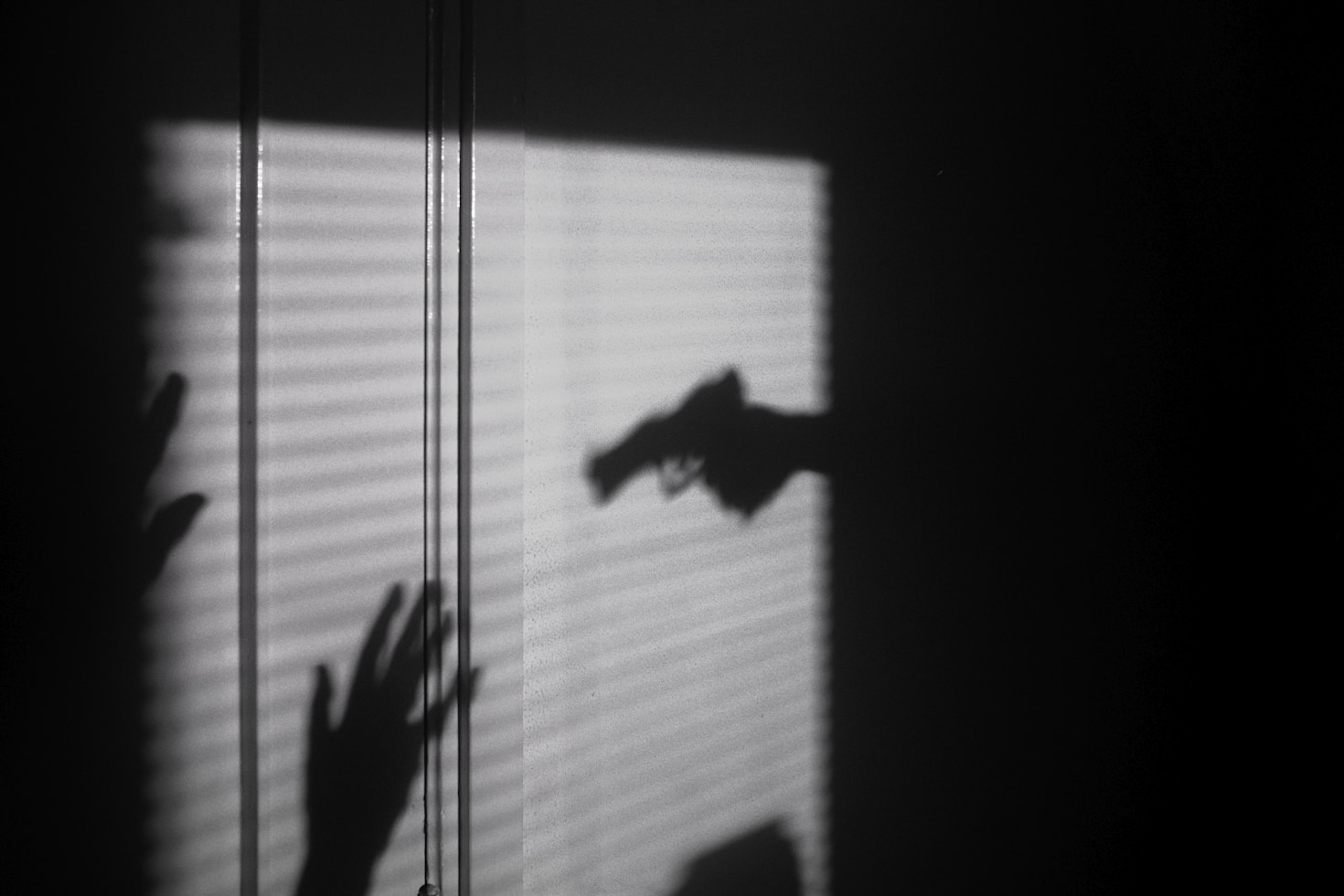
There's something uniquely intimate about reading about murder.
The Masters Who Set the Standard
Ann Rule didn't just write about Ted Bundy—she worked alongside him. Picture this: you're volunteering at a crisis hotline, developing a friendship with a charming coworker, only to discover he's one of the most notorious serial killers in history.
That personal connection transformed "The Stranger Beside Me" from another crime book into something much more unsettling—a meditation on how evil can wear the most ordinary faces.
John Douglas spent decades crawling inside the minds of killers. His "Mindhunter" series reads like a psychological thriller, except everything in it actually happened. Douglas didn't just study monsters—he learned to think like them, and somehow kept his sanity in the process.
Then there's Michelle McNamara, whose obsession with the Golden State Killer consumed the last years of her life. "I'll Be Gone in the Dark" is part investigation, part memoir, part love letter to all the amateur detectives who refuse to let cold cases stay cold.

Today’s Voices: Fresh Perspectives on Dark Stories
Contemporary authors are pushing boundaries in ways the pioneers never could.
They're tackling corporate crime with the same intensity once reserved for serial killers. They're exploring how technology changes everything—from how crimes are committed to how they're solved.
Sarah Koenig proved that a single case could captivate millions when she launched "Serial." Her approach—questioning everything, following every lead, admitting uncertainty—became a template for a new generation of crime storytellers.
Authors like Gillian Flynn and Tana French bring literary sensibilities to criminal narratives. Their prose is beautiful even when describing the ugliest human behaviors.
The Anatomy of a Page-Turner
What separates a great crime book from a good one?
Pacing, for starters. The best authors know when to slow down and let tension build, and when to hit you with revelations that change everything you thought you knew.
But beyond technique, the unforgettable books share something deeper—they make you care about the people involved. Not just the victims (though respect for them is crucial), but everyone touched by the crime. The familiePage-Turners: Books That Haunt Yous, the investigators, even sometimes the perpetrators themselves.
The result? You don't just read these books—you experience them.
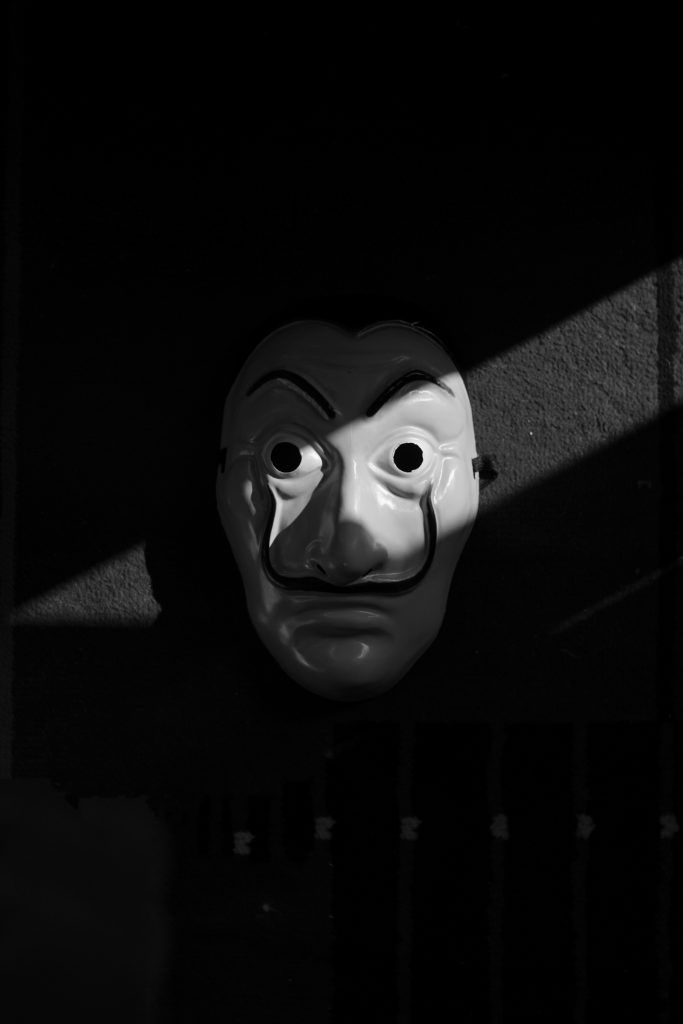
Explore More: Detective Resources
Speaking of experiencing investigations firsthand—have you ever wanted to organize your thoughts like a real detective?
If you're interested in diving deeper into the world of unsolved mysteries or want to document your own theories and case details, check out this Vintage Detective Case Files (Printable) – a beautifully designed worksheet bundle you can download instantly from Etsy right > here .
These aren't just pretty worksheets—they're tools that let you think like an investigator. Track timelines. Map relationships. Connect dots that others might miss.
Whether you're following along with a podcast or diving deep into a cold case, having the right organizational system can make all the difference between casual interest and genuine understanding.
Television: Where Crime Meets Prime Time
Television has always loved a good murder, but something shifted in recent years.
The focus moved from "whodunit" to "how did we get here?" Shows began exploring not just the crimes themselves, but the systems that allowed them to happen.
Network Stalwarts That Still Deliver
"48 Hours" has been solving cases since before some of its viewers were born. What keeps it relevant? They follow cases in real time, sometimes for years, showing how investigations actually unfold.
Investigation Discovery built an empire on the simple premise that real crime is more compelling than fiction. Their programming blocks can swallow entire weekends—and somehow, that feels like time well spent.
A&E's various series prove that different formats can work for different types of cases. Some stories need the deep dive of a multi-part documentary. Others work better as standalone episodes that hit hard and fast.
Streaming’s Serial Success
The episodic format changed everything for complex cases.
Instead of cramming everything into two hours, streaming platforms can take their time. They can follow dead ends. They can show how investigations really work—messily, slowly, with plenty of false starts and frustrated detectives.
This approach works especially well for cases involving multiple jurisdictions or decades-spanning investigations. Viewers can follow along as new evidence emerges or old evidence gets reexamined with fresh eyes.
What Makes Crime TV Compelling?
The best shows understand that crime is ultimately about people.
Yes, the forensics matter. The timelines matter. The evidence matters. But what keeps viewers coming back is the human element—the way tragedy ripples outward, affecting families, communities, and sometimes entire justice systems.
The most successful programs also know when to step back and let the story breathe. They trust their audience to follow complex narratives without constant hand-holding or dramatic musical stings.

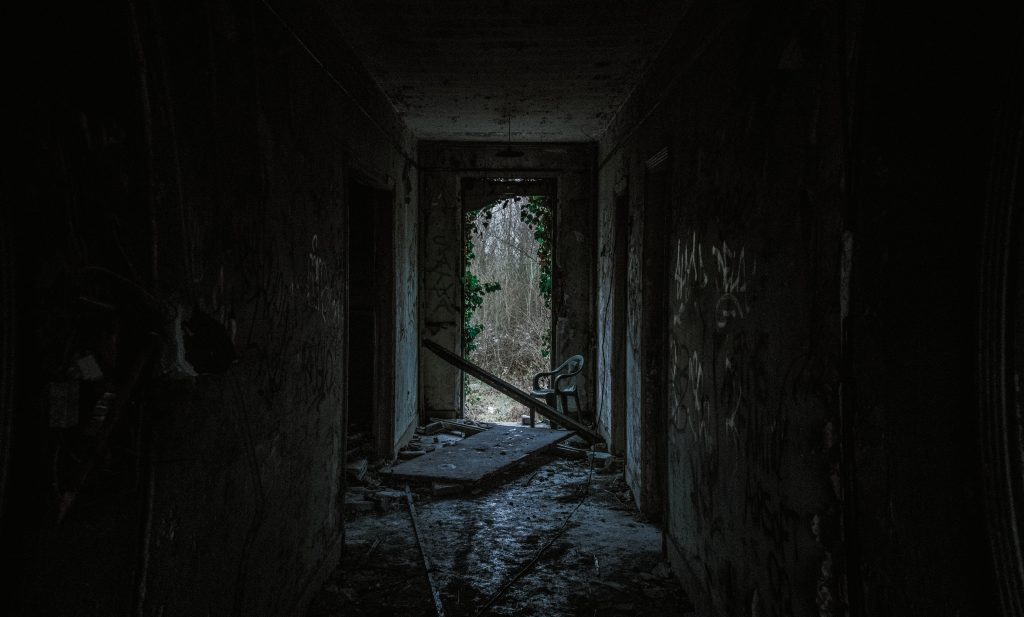
Podcasts: Crime in Your Earbuds
Here's something that might surprise you: some of the best criminal investigations happening today aren't being conducted by police or journalists.
They're being done by podcasters working from home offices and coffee shops, armed with nothing but curiosity and an internet connection. make sure your closing thoughts are impactful and memorable. A strong conclusion not only ties the article together but also inspires readers to engage further.
The Shows That Started a Movement
"Serial" didn't just launch a thousand podcasts—it proved that audiences would follow incredibly detailed investigations if the storytelling was strong enough.
Sarah Koenig's willingness to admit uncertainty, to follow leads that went nowhere, to question her own assumptions—it all felt revolutionary in a media landscape obsessed with neat conclusions.
"My Favorite Murder" took a completely different approach. Karen Kilgariff and Georgia Hardstark proved that you could discuss horrible crimes while maintaining empathy and even finding moments of levity. Their success opened doors for dozens of other hosts to find their own voices in the genre.


Current Chart-Toppers
"Crime Junkie" dominates download numbers with a formula that works: thorough research, consistent release schedule, and hosts who genuinely care about the cases they cover.
"Casefile" offers something different—international cases, anonymous hosting, and deep dives into crimes that don't always make American headlines.
These shows succeed because they understand their audience. Crime podcast listeners aren't passive consumers—they're engaged participants who want to feel like part of the investigation.
Why Audio Works So Well
There's something uniquely intimate about listening to someone tell you about murder.
Maybe it's the way voices convey emotion that text can't capture. Or how a well-timed pause can build more tension than any visual effect.
Podcasts also excel at community building. Listeners become amateur investigators, sharing theories in Facebook groups and Reddit threads, sometimes even helping solve actual cases.
The format's constraints—no visuals, no dramatic music, just voice and story—force creators to rely on the fundamentals of good storytelling. The result? Some of the most compelling crime content available anywhere.
YouTube: Where Amateurs Become Experts
Don't underestimate the power of a webcam and genuine curiosity.
YouTube has democratized crime storytelling in ways that would have been impossible just a decade ago. Anyone with an internet connection can research a case, present their findings, and build an audience of fellow crime enthusiasts.
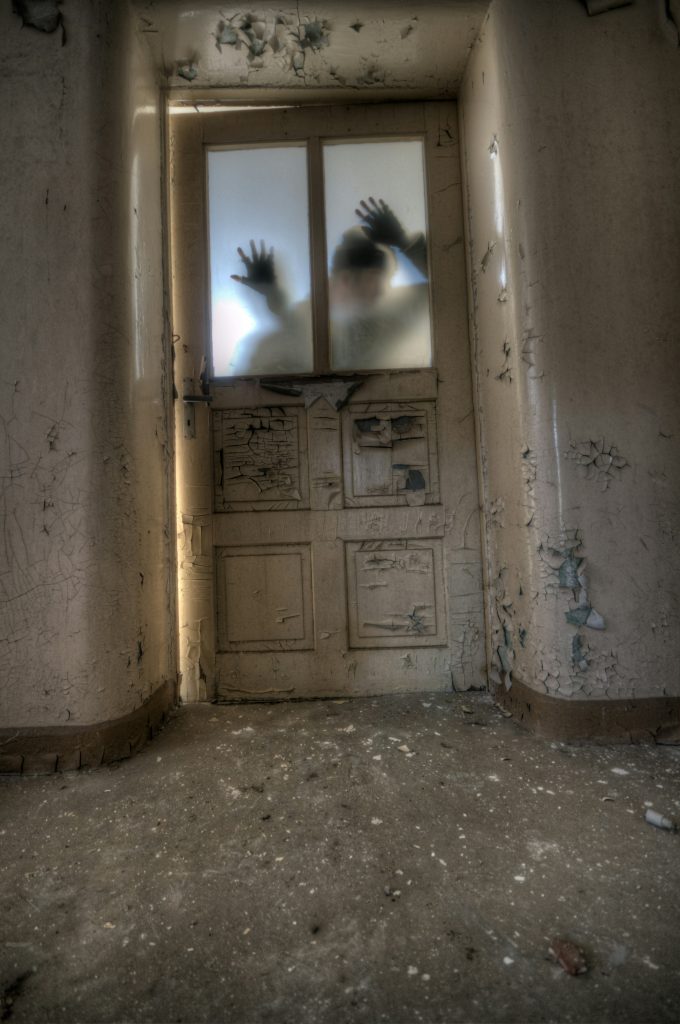
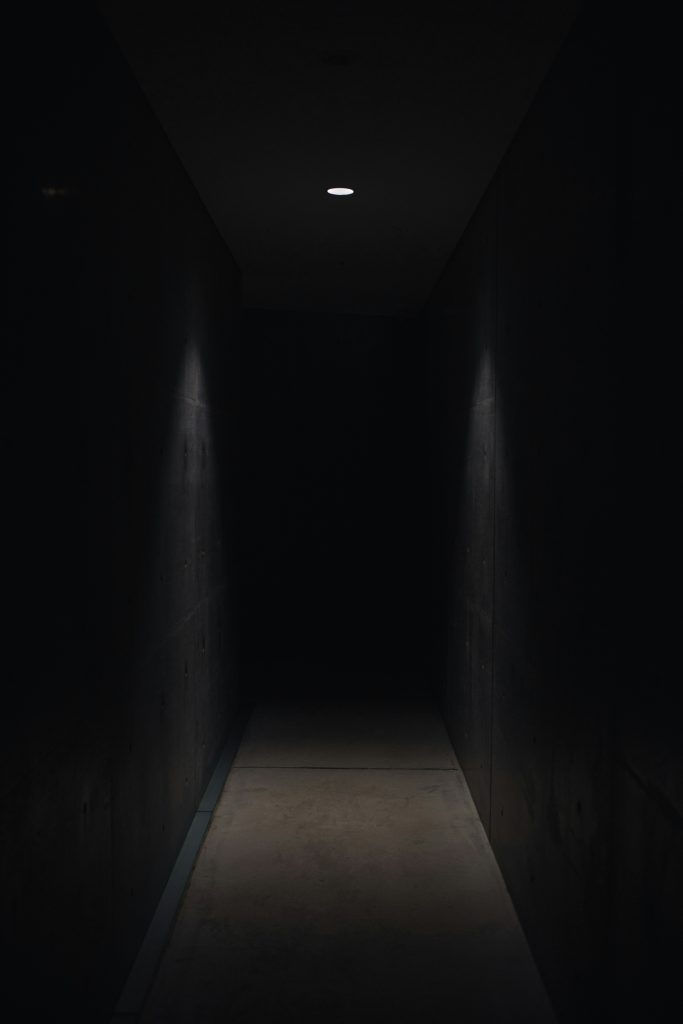
Creators Who Found Their Calling
"That Chapter" proves that you don't need a journalism degree to tell compelling crime stories. Mike's Irish accent and dry humor make even the darkest cases somehow watchable, while his research standards put many professional productions to shame.
"Eleanor Neale" brings a fresh perspective to missing persons cases, often highlighting stories that mainstream media overlooks. Her advocacy for victims and families adds depth to her content that goes beyond simple case summaries.
These creators succeed because they're genuinely passionate about their subjects. It shows in their research, their presentation, and their respect for the people whose stories they're telling.
Interactive Investigation
YouTube's live streaming and comment features create something unique in crime media—real-time investigation and discussion.
Creators can break news about ongoing cases as it happens. Viewers can share information, suggest new angles, and collectively work through theories and evidence.
This crowdsourcing approach has actually helped solve cases. When thousands of eyes are examining evidence and sharing insights, sometimes someone spots something that professional investigators missed.
The Visual Advantage
YouTube allows creators to show their work in ways that podcasts and books cannot.
Maps, timelines, evidence photos, court documents—all can be displayed while the creator walks through their analysis. This visual element helps viewers follow complex cases and understand spatial relationships that might be confusing in audio-only formats.
The platform also allows for different presentation styles. Some creators prefer talking-head formats, while others use graphics, animations, or even visit crime scenes to provide additional context.
Cases That Changed Everything
Some crimes transcend their immediate impact and become cultural touchstones that influence how we think about justice, media, and human nature itself.
Mysteries That Refuse to Die
The Zodiac Killer case has everything that makes a crime story unforgettable: a taunting killer, cryptic messages, and decades of failed investigations.
But what keeps this case alive isn't just the mystery—it's the way it reflects our collective obsession with puzzles and patterns. Amateur codebreakers still work on the Zodiac's ciphers, convinced they're one breakthrough away from solving a 50-year-old case.
JonBenét Ramsey's murder changed how America thinks about childhood, wealth, and media coverage of crime. The case became a Rorschach test—what you believed about the family said as much about your own assumptions as it did about evidence.

Modern Cases That Mirror Our Times
Today's compelling cases often involve technology in ways that would have been science fiction just years ago.
Digital evidence, social media investigations, and DNA databases have revolutionized how crimes are solved. But they've also created new types of crimes and new challenges for investigators.
Recent cases involving cryptocurrency fraud, online stalking, and digital impersonation show how traditional criminal motives adapt to new circumstances. The tools change, but human nature—unfortunately—remains remarkably consistent.
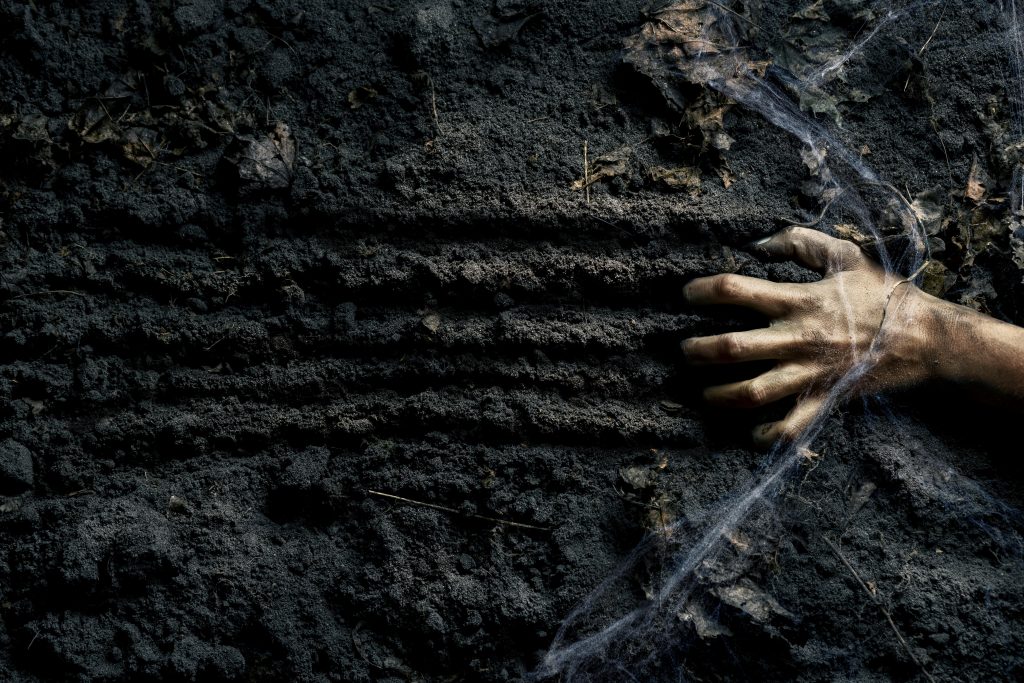
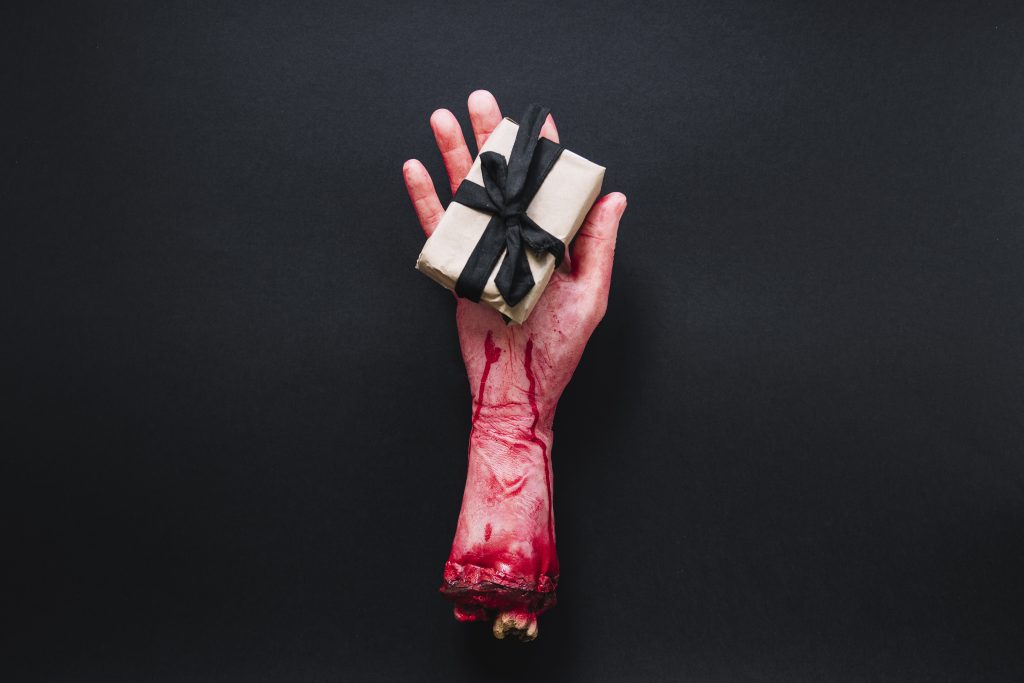
Finding Your Crime Niche
With so much content available, how do you find what speaks to you?
Start with format. Do you prefer the visual impact of documentaries? The detailed analysis of books? The convenience of podcasts? Or the interactive nature of YouTube discussions?
Consider your attention span. Some people love deep dives that take hours to consume. Others prefer bite-sized content they can enjoy during commutes or lunch breaks.
Think about what aspects of crime stories interest you most. Are you drawn to the investigative process? The psychology of perpetrators? The impact on families and communities? Different creators and formats excel at different elements.
A Word About Ethics
As you explore the genre, remember that these stories involve real people who experienced genuine tragedy.
The best content creators never forget this. They approach their subjects with respect, focus on facts rather than speculation, and avoid sensationalizing suffering for entertainment value.
Your consumption matters too. Support creators who demonstrate ethical standards. Avoid content that exploits victims or promotes harmful conspiracy theories.
What’s Next for Crime Content?
The genre continues evolving in fascinating directions.
Virtual reality is beginning to allow immersive crime scene analysis. Artificial intelligence helps identify patterns in cold cases. Social media provides new ways for communities to participate in investigations.
But technology isn't the only driver of change. There's growing awareness of how bias affects investigations and media coverage. Creators are working harder to include diverse perspectives and challenge traditional narratives about crime and justice.
The future likely holds even more interactive elements, where audiences don't just consume content but actively participate in investigations and analysis.
Your Next Investigation Starts Here
The world of criminal storytelling has never been richer or more accessible.
Whether you're drawn to the latest Netflix series, a decades-old cold case, or the community of amateur investigators working to solve unsolved mysteries, there's content waiting that will capture your imagination and refuse to let go.
The best crime stories don't just entertain—they challenge us to think differently about justice, human nature, and the thin lines that separate order from chaos in our everyday lives.
So pick your platform. Choose your first case. And prepare to discover why millions of us find ourselves drawn, again and again, to the darkest and most compelling stories our species has to offer.
Just remember to lock your doors first.